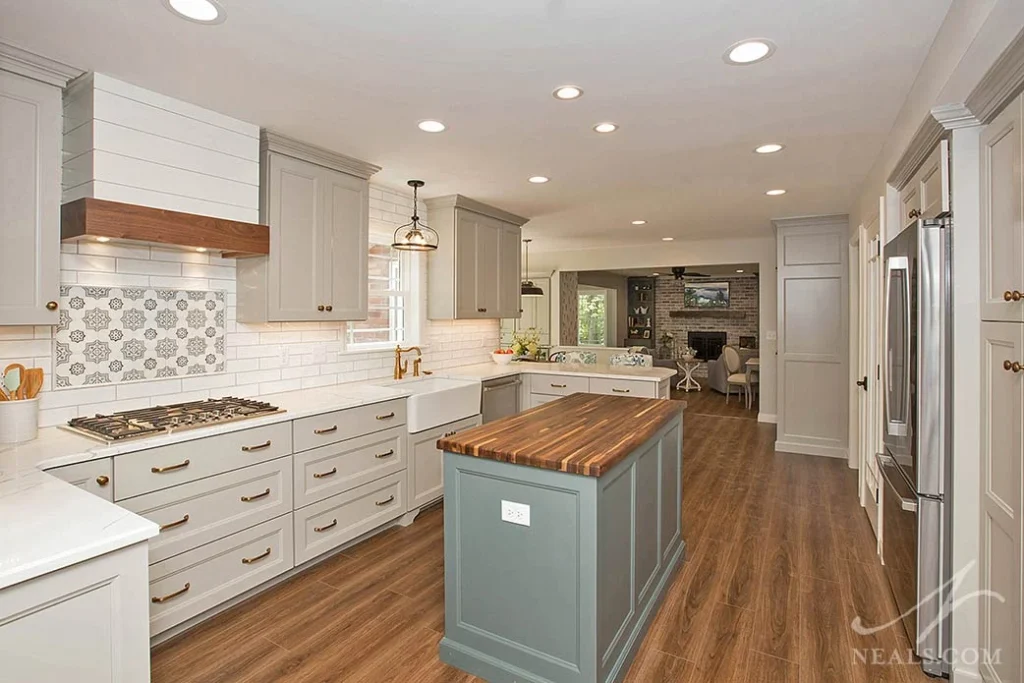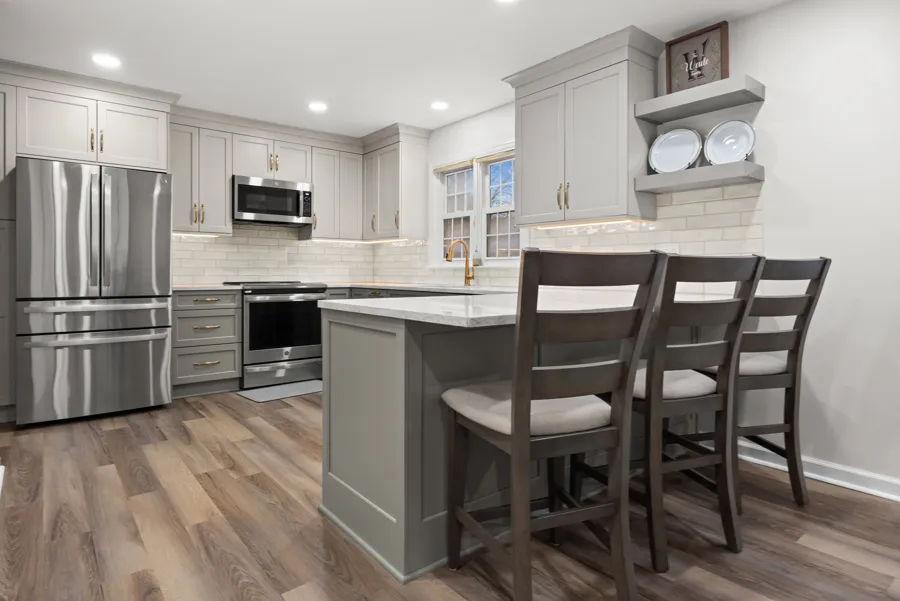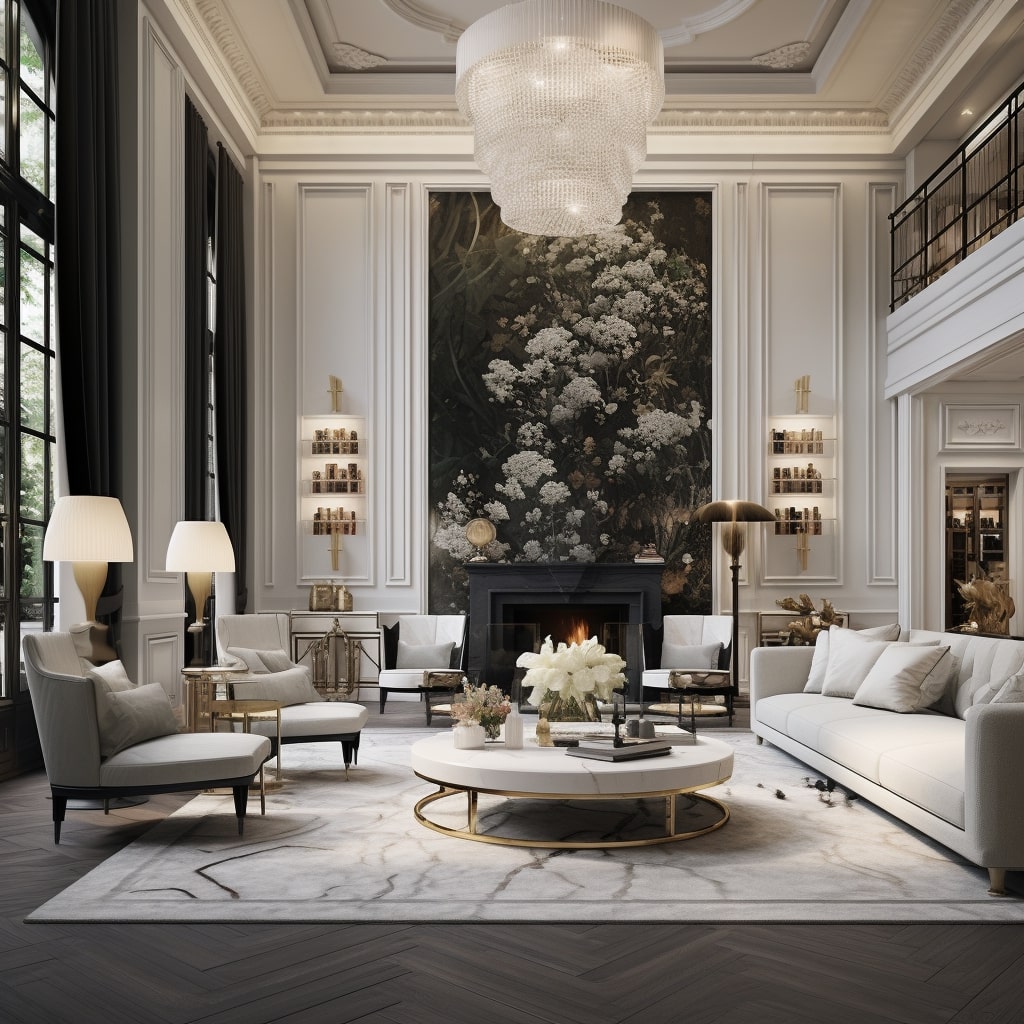There’s a reason classic home designs never go out of style. With their graceful lines, symmetrical layouts, and timeless details, these homes bring a sense of stability and warmth that modern architecture often overlooks. Whether you’re renovating a historic property or building your dream home from scratch, classic design offers a perfect balance of tradition and sophistication.
In this article, we’ll take a closer look at what defines classic design, explore some of the most beloved architectural styles, compare them with modern trends, and share helpful tips to bring classic charm into your own home.
What Makes a Home Design “Classic”?
Classic home design draws inspiration from historical architectural traditions—think Colonial, Georgian, Victorian, or Mediterranean. These styles are known for their balanced proportions, ornate craftsmanship, and use of natural materials like brick, wood, and stone.
Key features often include:
- Symmetrical facades
- Multi-pane or double-hung windows
- Gabled or hipped roofs
- Decorative trim and crown molding
- Neutral, earthy color palettes
- Materials that age gracefully
As Architectural Digest notes, the hallmark of classic design is its emphasis on proportion and detail—qualities that make a home feel timeless no matter the decade.

Most Popular Classic Architectural Styles
Here’s a quick overview of the most enduring styles that fall under the “classic” umbrella:
| Style | Time Period | Key Features | Ideal For |
|---|---|---|---|
| Colonial | 1600s–1800s | Central door, symmetrical windows, wood siding | Traditional neighborhoods, family homes |
| Georgian | 1714–1830 | Brick exteriors, pedimented doors, formal layouts | Estate-style or city residences |
| Victorian | 1837–1901 | Ornate trim, towers, bold paint colors | Restorations, statement architecture |
| Tudor Revival | 1920s–1940s | Steep roofs, half-timbering, leaded glass windows | Suburban homes with personality |
| Mediterranean | 1920s–Present | Stucco walls, red tile roofs, arched openings | Warm, coastal or sunbelt areas |
These designs have stood the test of time for a reason—they’re rich in detail and steeped in history, yet they still feel comfortable and welcoming.
Why Choose Classic Home Design?
There’s something inherently comforting about a classic home. Here’s why so many homeowners stick with traditional styles:
Benefits:
- Timeless Look: Aesthetic never goes out of fashion
- Higher Resale Value: Especially in historic districts or established neighborhoods
- Craftsmanship: Emphasizes durable, high-quality materials
- Design Flexibility: Easily blends with modern updates
Things to Keep in Mind:
- Classic detailing can require more upkeep
- Historically accurate materials or finishes may add to the cost
Still, as This Old House puts it, classic design gives your home a sense of permanence that fast-moving trends just can’t match.

Interior Elements That Define Classic Style
Classic beauty doesn’t stop at the front door. Inside, these homes continue to deliver with comfortable, refined spaces that feel cohesive and complete.
Consider including:
- Solid hardwood floors in oak, walnut, or cherry
- Neutral walls (white, cream, taupe) paired with detailed moldings
- Built-in shelving, wainscoting, and paneled walls
- Statement fireplaces with traditional mantels
- Grand staircases and classic chandeliers or wall sconces
These details give your home warmth, structure, and a clear sense of character.
Classic vs. Modern: How Do They Compare?
| Feature | Classic Design | Modern Design |
|---|---|---|
| Aesthetic | Elegant, traditional, warm | Minimalist, clean, and sleek |
| Materials | Wood, stone, brick | Glass, steel, concrete |
| Layout | Symmetrical, defined rooms | Open floor plans, fluid spaces |
| Color Palette | Neutrals, earth tones | Bolder contrasts, monochrome themes |
| Resale Value | High in established areas | High in newer developments |
| Long-Term Appeal | Timeless design | Trend-sensitive, may feel dated later |
Both styles have their place—modern homes emphasize function and simplicity, while classic homes focus on timeless charm and tradition.
How to Bring Classic Design into a New Home
You don’t have to live in a historic building to enjoy classic style. Many new builds today are designed with traditional flair.
Exterior tips:
- Use natural materials like brick, cedar, or limestone
- Add multi-pane windows or shutters for visual symmetry
- Choose muted or earth-toned paint colors
Interior tips:
- Include crown molding and wide baseboards
- Choose lighting and hardware that reflect traditional craftsmanship
- Avoid ultra-modern or industrial finishes
Transitional design—blending classic architecture with modern comforts—is a great way to enjoy the best of both worlds.

Frequently Asked Questions
What qualifies a house as “classic”?
A classic house incorporates historical elements like symmetry, traditional materials, and refined details. Styles like Colonial, Georgian, and Neoclassical often serve as inspiration.
Can I build a new home in a classic style?
Absolutely. Many architects specialize in designing new homes with timeless appeal. It’s a popular choice for homeowners looking for something that won’t feel dated in five years.
Are classic homes more expensive to build?
They can be, especially if you’re using custom trim, natural materials, or handcrafted finishes. But the long-term value and aesthetic payoff are often worth it.
Do classic homes suit all climates?
Yes—but some styles naturally suit certain regions better. For example, Mediterranean homes are popular in warm, coastal areas, while Colonial and Tudor homes work well in colder climates.
What’s the difference between “traditional” and “classic”?
Traditional design usually refers to interior decorating styles, while classic design encompasses the full architecture—inside and out.
Final Thoughts
Classic home design is about more than just nostalgia—it’s about building a space with lasting beauty, enduring quality, and a deep sense of comfort. Whether you’re restoring an older home or building a new one with classic influences, these design principles help ensure your home will be loved for generations to come.
Looking for inspiration? Explore:
